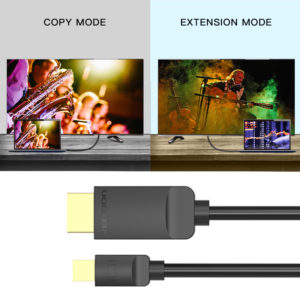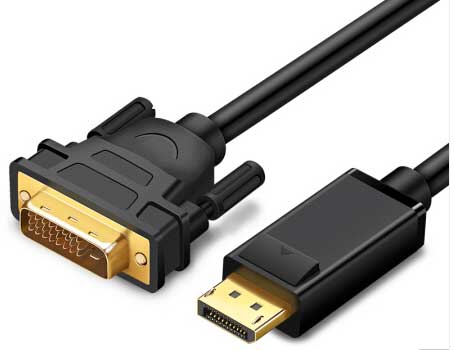DisplayPort is an interface specification approved by the Video Electronics Standards Association (VESA), with other sub-classification like
mini display and thunderbolt?in the same?digital product category. DisplayPort does not require copyright fees and aims to leapfrog DVI and HDMI interface technologies in several areas. DisplayPort utilizes the PCI Express electrical layer, which currently operates at 2.5 Gbps, to achieve a total bandwidth of up to 10.8 Gbps for four channels. DisplayPort will support the transmission of high-definition audio signals while transmitting video signals, supporting higher resolutions and refresh rates.

In fact, many professional monitors, especially CRT professional monitors, are VGA interfaces. This is not because VGA is old, but VGA can actually achieve very good results, even compared to DVI, can achieve 10bit output, which is DVI can not do, but also HDMI is only realized in the near future.
The bandwidth of VGA is indeed relatively small, but if the material is good enough and the workmanship is qualified, VGA can support a resolution of 2560*1600. HDMI mainly transforms analog signal transmission into digital signal transmission, adds HDCP copyright protection mechanism, and solves the shortcomings of DVI transmission distance being too short and susceptible to interference, and at the same time adding support for audio signal transmission.
DP's goal from the beginning of design was to replace HDMI, which has almost all the features of HDMI, but the current penetration rate is still relatively low. However, the advantage of DP over HDMI is that the bandwidth is much larger, the transmission distance is longer, and the transmission quality is better. The key is to support the multi-monitor link of the Daisy Chain method, which is impossible for other interfaces.

